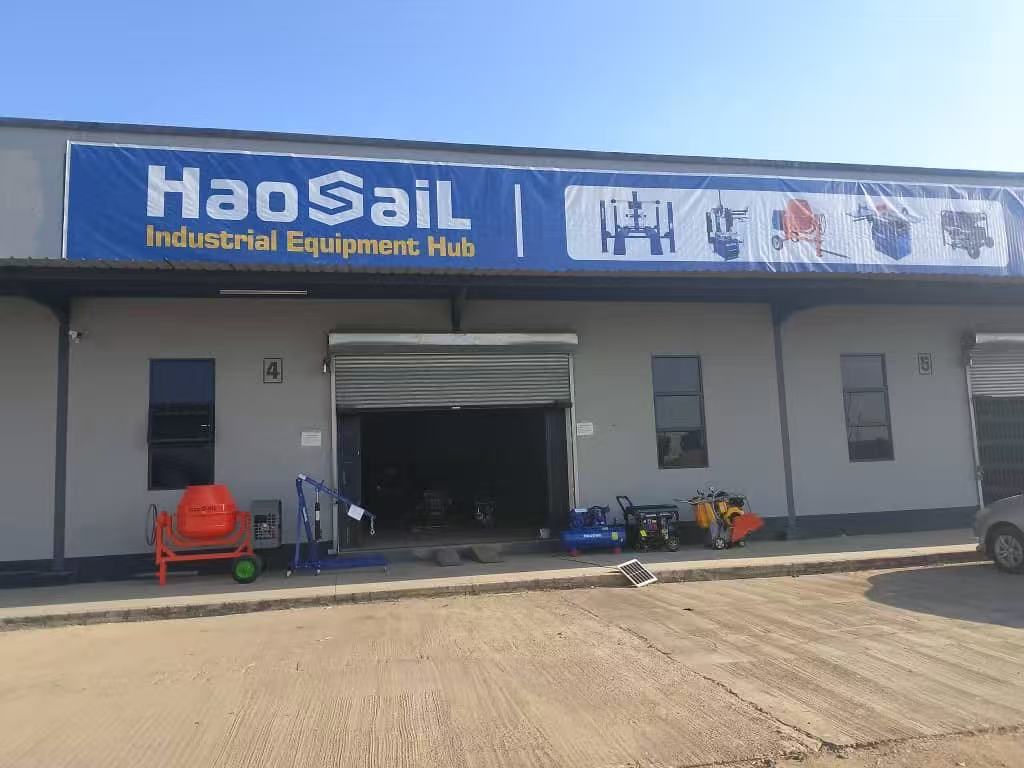
Aug 27, 2025
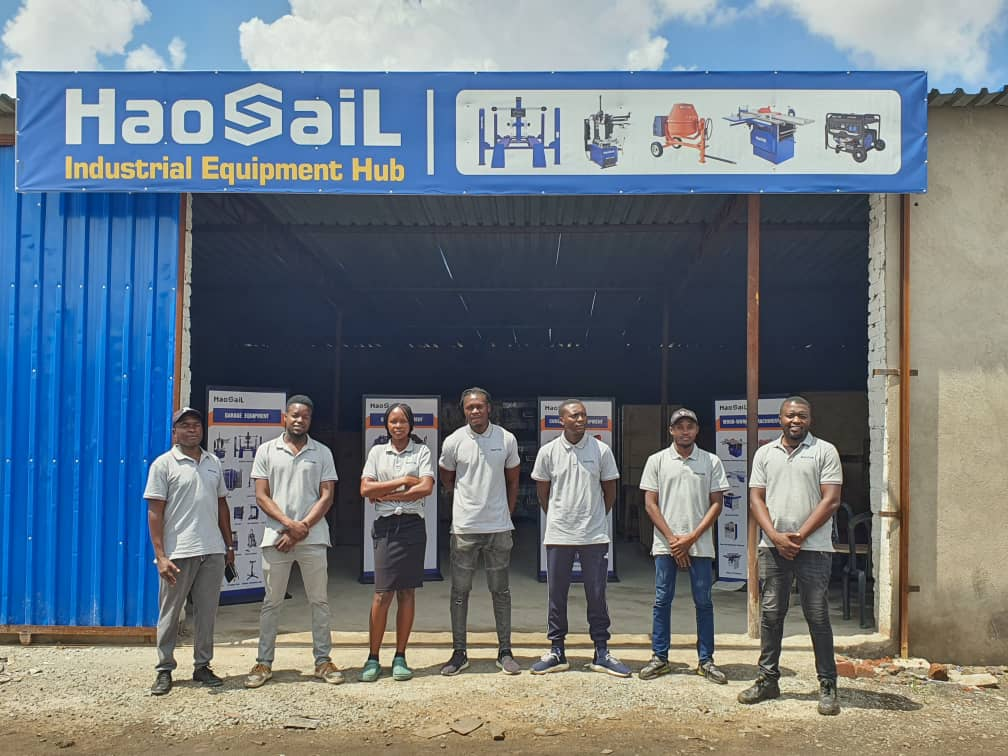
Aug 12, 2025
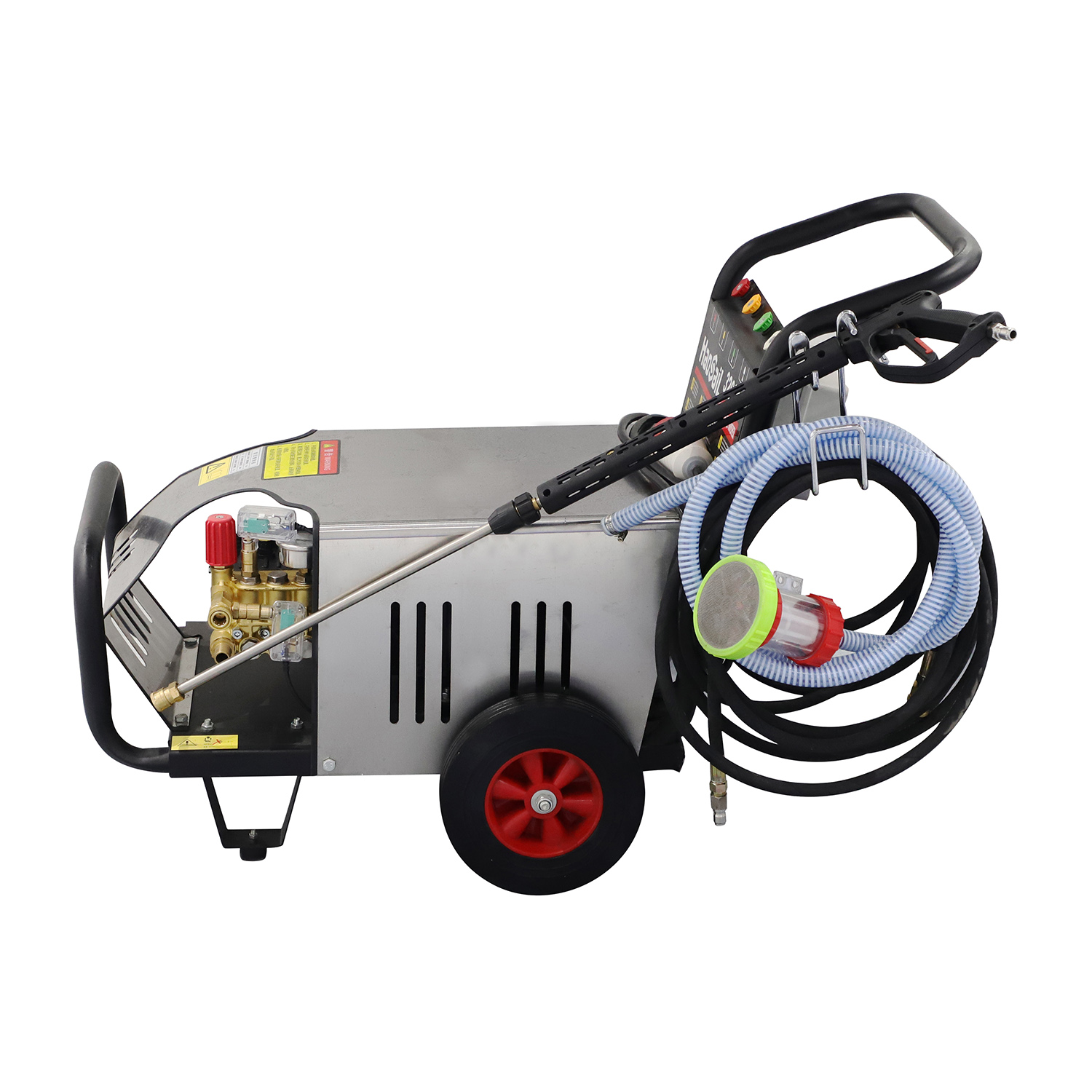
Jun 04, 2025
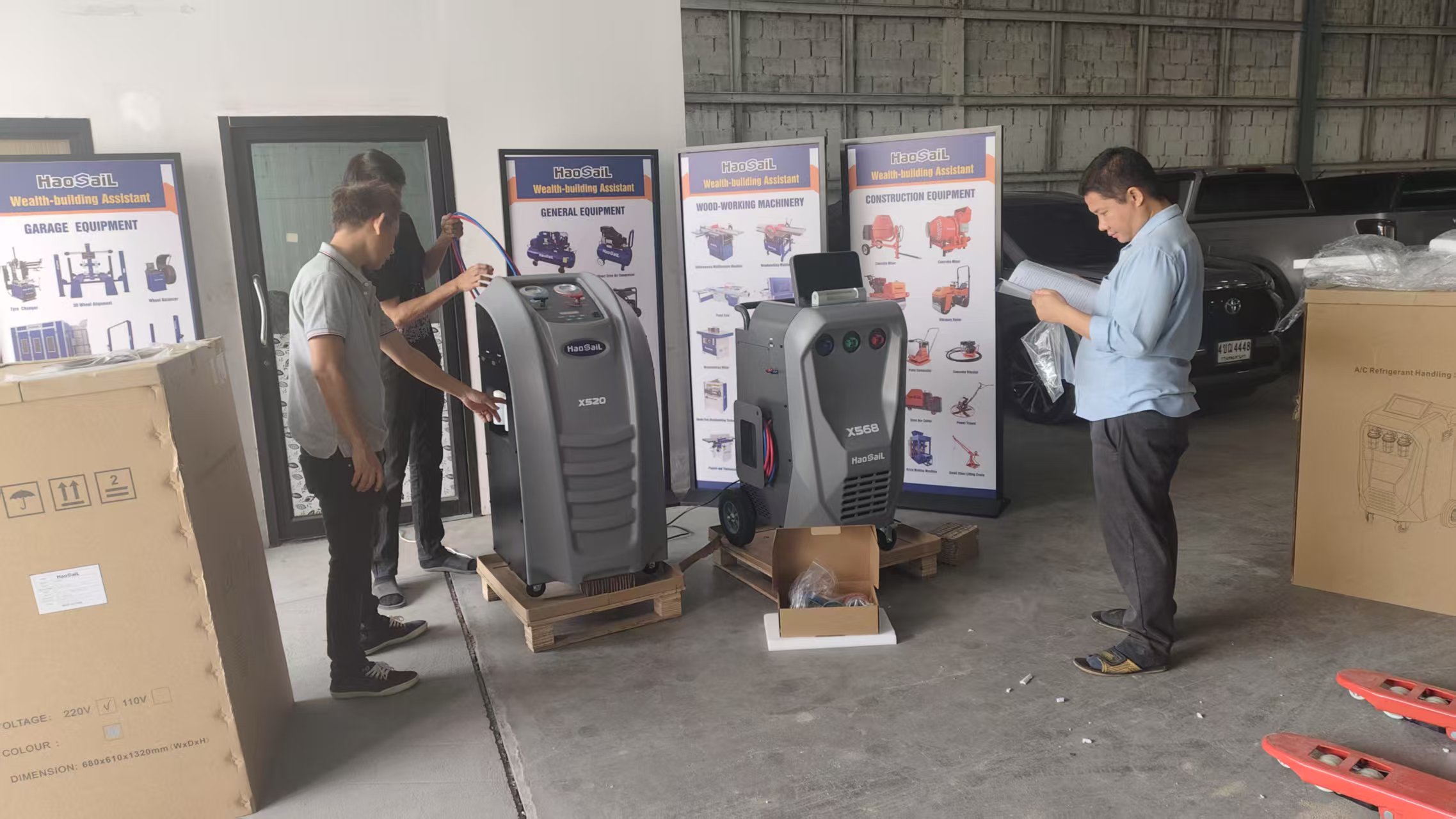
May 30, 2025
B4, Qingdao High-Tech Zone, No. 17 Songyuan Road, Qingdao.
+86 13864822549
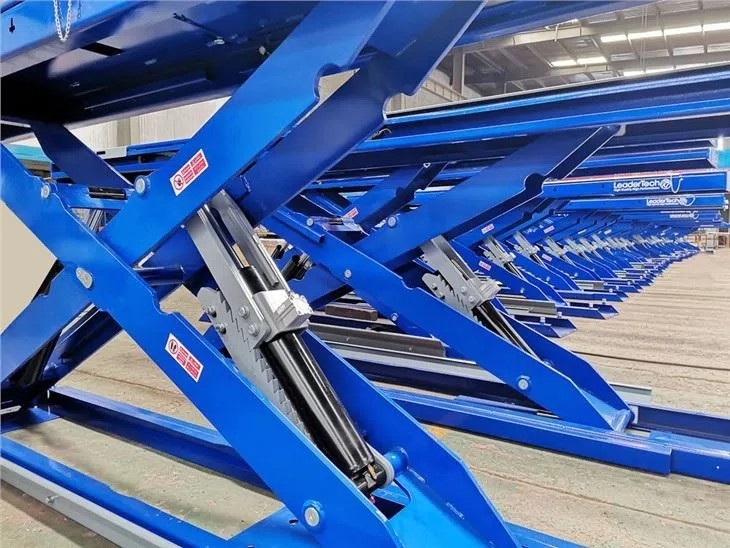
The scissor car lift has become an indispensable tool in South Africa's automotive repair and maintenance industry, offering space-efficient and reliable vehicle lifting solutions. As the country's vehicle parc grows and service demands increase, the scissor car lift market is experiencing steady expansion. This article examines the primary uses of scissor car lift systems and analyzes South Africa's unique market dynamics.
Primary Applications of Scissor Car Lifts
1. Vehicle Maintenance and Repairs
The scissor car lift is widely used in workshops for oil changes, brake servicing, and undercarriage inspections. Its compact design makes it ideal for garages with limited space.
2. Tire and Wheel Services
Many tire shops utilize scissor car lift systems for quick wheel alignments, tire rotations, and balancing, thanks to their rapid lifting capability.
3. Fleet Maintenance
Logistics companies and taxi operators rely on scissor car lift units to maintain their vehicles efficiently, reducing downtime in high-usage environments.
4. Car Dealerships
Automotive showrooms and service centers use scissor car lift equipment for vehicle inspections and pre-delivery preparations.
5. Specialty Vehicle Servicing
The adaptability of scissor car lift systems makes them suitable for low-profile sports cars and electric vehicles requiring precise lifting.
South African Market Demand
1. Growing Automotive Aftermarket
With over 12 million registered vehicles, South Africa's scissor car lift market is expanding due to:
- Increasing average vehicle age (10+ years) requiring more frequent servicing
- Growth of independent repair shops competing with dealerships
2. Urban Workshop Requirements
In major cities like Johannesburg and Cape Town, space-constrained workshops prefer scissor car lift models because:
- They require less floor area than two-post lifts
- Allow for better workshop layout optimization
3. Equipment Preference Trends
South African buyers show strong interest in:
- Mobile scissor car lift versions for flexible workshop configurations
- Heavy-duty models (3.5-5 ton capacity) for light commercial vehicles
- Electrically-powered lifts to reduce operating costs
4. Regional Variations
- Industrial Areas: High demand for robust scissor car lift units in manufacturing plants
- Coastal Regions: Corrosion-resistant models are essential
- Townships: Affordable second-hand scissor car lift equipment dominates
Key Purchase Considerations
When investing in a scissor car lift, South African buyers evaluate:
- Lifting Capacity (ranging from 2.5 to 5 tons for most applications)
- Power Options (electric, hydraulic, or pneumatic systems)
- Safety Features including automatic locking mechanisms
- Low Maintenance designs suitable for high-usage environments
Emerging Market Trends
- Smart Lifts: Models with digital height indicators and remote monitoring
- EV-Compatible Designs: Adaptations for electric vehicle battery access
- Energy-Efficient Systems: Reduced power consumption models
Challenges and Opportunities
The scissor car lift market faces:
- Power Reliability Issues requiring backup systems
- Skills Shortages necessitating simpler operation designs
However, opportunities exist in:
- Franchise Workshop Expansion
- Growing Used Car Market increasing service demands
Conclusion
The scissor car lift has established itself as a fundamental component of South Africa's automotive service infrastructure. Its space-saving design and versatility make it particularly valuable in urban workshops and fleet operations. As vehicle technologies evolve and service demands grow, the scissor car lift market will continue developing more advanced, efficient models. For workshop owners, investing in quality scissor car lift equipment translates to improved productivity and service capacity. Suppliers offering durable, locally-supported solutions with appropriate safety features are best positioned to succeed in South Africa's dynamic automotive aftermarket. The future of scissor car lift technology in the region appears promising, driven by ongoing urbanization and vehicle fleet expansion.